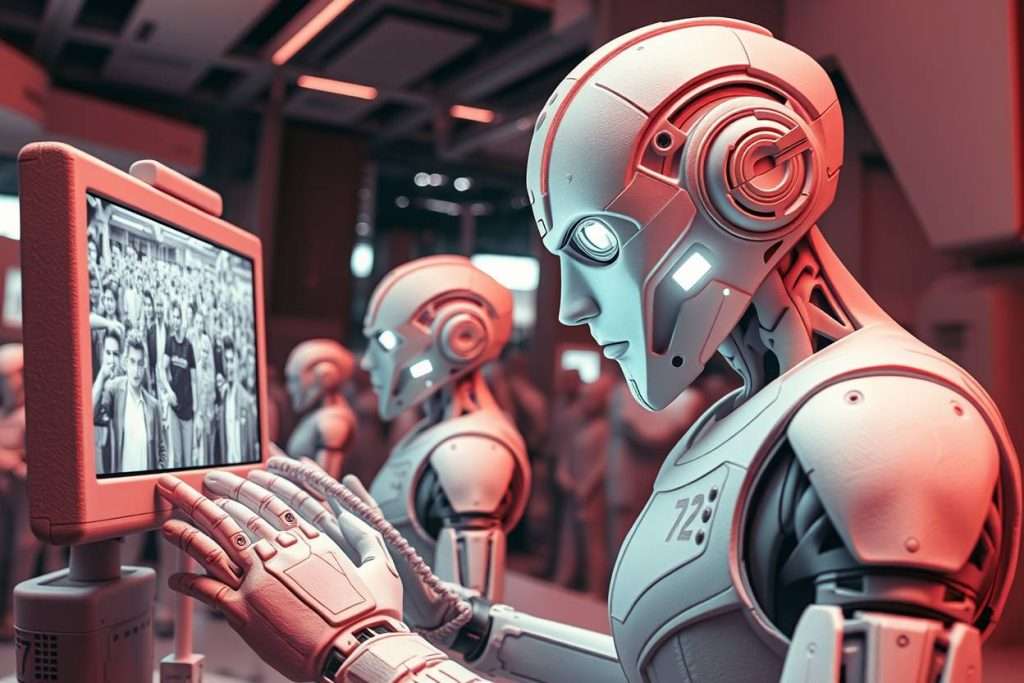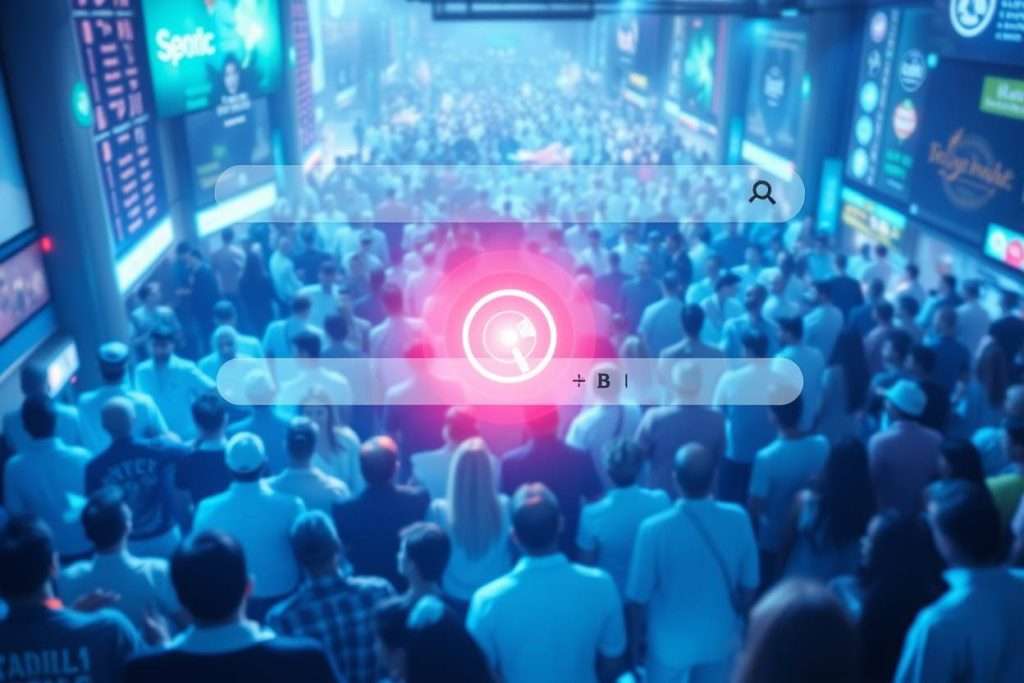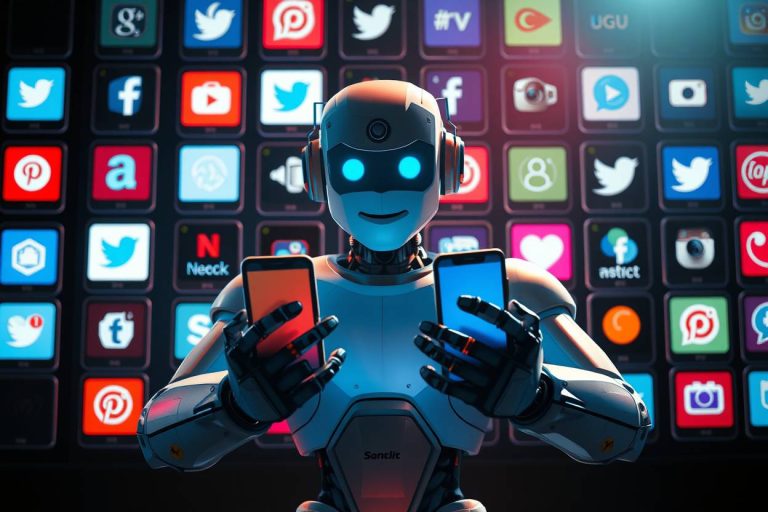Face Lookup explained: Tech, Tools, and Privacy Concerns

Every day, users upload over 350 million photos to Facebook alone, contributing to a global digital album that contains trillions of images. Each of these photos is a potential data point for face lookup technology, a system that has seen its accuracy improve by over 50 times in less than a decade. This exponential growth in both available data and algorithmic power has made finding a person from a single photo more feasible than ever before.
But what is actually happening when you upload an image to a face search engine? It’s not magic; it’s a calculated process of creating a unique numerical “faceprint” and cross-referencing it against databases containing billions of other faces. This guide breaks down that process, showing you how to leverage face lookup tools for accurate identification, understand their role in law enforcement and social media, and take crucial steps to protect your own digital identity.
Key Takeaways
- Face lookup technology utilizes advanced algorithms to identify individuals by analyzing their unique facial features, making it valuable in security and social media applications.
- Users can enhance the accuracy of face lookup tools by providing high-quality images and specifying search parameters while adhering to ethical guidelines regarding privacy.
- The integration of machine learning and deep learning techniques in face lookup tools significantly improves identification accuracy and speed, allowing for effective real-time recognition even in challenging conditions.
What is face lookup and face detection technology?
Face lookup is a cutting-edge tool designed to locate people online using images, identifying individuals by analyzing their unique facial features. This process involves scanning photos or videos to create a detailed facial signature, which is then compared against a vast database of known faces to determine a match. The significance of face lookup technology lies in its ability to rapidly verify identities, making it invaluable in areas such as security and social media.
The face search engine works by:
- Detecting faces in an image
- Mapping out facial features like the distance between the eyes, the shape of the nose, and the contour of the jawline
- Collecting this data to form a numerical faceprint unique to each individual, much like a fingerprint
- Cross-referencing this faceprint with stored data to find a match, enabling accurate identification even in diverse scenarios.
Whether used for enhancing security, reconnecting with friends, or verifying identities on social media, facial search technology offers a robust solution. Users can fully leverage face lookup technology while being mindful of ethical considerations and privacy concerns by understanding its nuances and potential applications.
How to Use Face Lookup Tools

Using a face lookup tool begins with selecting a clear, well-lit picture where the face is prominently displayed. This is crucial as high-quality images significantly enhance the accuracy of the face recognition results. Once you have your image, you can simply uploading it from your drive, paste it from the clipboard, or drag it into the upload field of the face search engine. Ensure that the image meets the minimum dimension requirement of 200x200px to yield effective search results.
After uploading the uploaded image content, users may need to:
- Specify search parameters such as preferred websites or date ranges to narrow down the search bar. This helps in filtering out irrelevant results and focusing on the most pertinent matches.
- View the face finder display potential matches, highlighting relevant details that can be cross-verified with other tools to ensure accuracy.
- Organize search results by bookmarking or saving URLs of relevant pages for future reference, including a photo upload for better context.
Ethical guidelines play a critical role in conducting facial searches. Users should respect privacy and data protection laws during their searches. Cross-verifying results with multiple reverse image search tools can enhance the reliability of findings, ensuring that the identification process is both accurate and ethical.
New users might find face lookup tools daunting at first, but with practice and adherence to ethical standards, they become highly effective for accurate image searches and identification. The combination of high-quality images, precise search parameters, and attention to privacy ensures that users can effectively and responsibly utilize facial search technology.
Advanced AI Technology in Face Lookup
The power of face lookup tools lies in their advanced AI technology, which significantly boosts the performance of face recognition systems. AI-powered face recognition tools utilize sophisticated algorithms that:
- Enhance accuracy and speed in identifying individuals
- Can process images with varying resolutions and lighting conditions
- Ensure precise identification even with less-than-ideal inputs
One of the key elements driving the effectiveness of face search engine and facial identification tools is the integration of deep learning models and machine learning algorithms. These technologies enable the detailed analysis of facial features, allowing the face search engine to detect faces and recognize subtle characteristics that improve identification accuracy. The advanced image processing capabilities of these tools ensure that even the most challenging facial expressions and backgrounds are accurately analyzed and matched.
The next two sections will delve deeper into the specific AI technologies that power face recognition tools.
Machine Learning Models
Machine learning models are at the heart of modern face recognition technology. These models, including Convolutional Neural Networks (CNNs), play a pivotal role in improving the precision of face recognition tasks. CNNs are designed to mimic the way human brains process visual information, enabling the system to learn from vast amounts of data and improve its accuracy over time.
Machine learning algorithms improve their face detection and recognition capabilities by continuously learning from new data. This ongoing learning process ensures that the face search engine remains accurate and effective, even as it encounters new and varied facial features.
The integration of these models into face lookup tools allows for real-time verification and identification, making them indispensable in fields like security and law enforcement.
Deep Learning Techniques
Deep learning techniques are crucial for the intricate analysis of facial characteristics. The facial feature extraction process examines various attributes such as:
- eye type
- nose shape
- jawline
- skin texture
- facial symmetry
This allows for a nuanced understanding of each face. This detailed analysis results in improved identification accuracy, as the system can recognize subtle differences that might be missed by simpler algorithms.
Face recognition algorithms leverage deep learning techniques and machine learning models like CNNs and FaceNet to enhance their capabilities. These advanced technologies enable the face search engine to detect faces and match them with high precision, even in complex backgrounds and low-quality images.
The continuous improvement of these techniques ensures that face lookup tools remain at the forefront of accurate results and reliable image search and identification technology.
Applications of AI powered face finders

Facial recognition technology finds applications across various sectors, enhancing security, streamlining social media interactions, and supporting law enforcement efforts. The ability to detect faces and recognize individuals in real-time offers numerous practical benefits, from public safety to personal convenience. Facial identification technology is commonly used in:
- Airports
- Cellphones
- Classrooms
- Social media
- Businesses showcasing its versatility and utility.
Enhancing Security Measures
Face recognition technology plays a crucial role in enhancing security and surveillance by:
- Aiding in the identification of criminals and potential threats, significantly improving security effectiveness.
- Being frequently used in airports and banking sectors for quick identity verification.
- Ensuring that only authorized individuals gain access.
Advanced algorithms in face lookup tools enable the identification of low-quality images and efficient track of matches, bolstering security checks. This real-time identification capability enhances crime prevention strategies, allowing for immediate response to potential threats and unauthorized use.
Social Media Integration
Face recognition technology simplifies the process of tagging and finding friends in photos, enhancing social media interactions. By scanning social media platforms and the deep web, face lookup tools can help identify unauthorized use of images, protecting users’ digital footprint on the internet through online dating.
This integration also opens up possibilities for augmented reality, providing real-time information about individuals based on their faces.
Law Enforcement Support
Facial recognition technology is increasingly utilized by law enforcement agencies for its effectiveness in identifying suspects during criminal investigations. By comparing mugshots from arrestees against local, state, and federal databases, law enforcement can quickly identify individuals with outstanding warrants.
Human trafficking detection initiatives also benefit from face lookup technology, as it allows for the comparison of images against databases of missing persons to find people. This capability significantly enhances the efforts to locate missing persons and identify suspects, making it a powerful tool for law enforcement agencies.
This technology is helping breaking down circles of sex offenders, online scammers and even romance scammers using their appearance for conning and committing fraud.
Privacy Concerns and Protection
Despite the many advantages of facial recognition technology, it raises significant privacy concerns. Many Americans express worries about potential privacy breaches, racial profiling, and mass surveillance. The public is also divided on the technology’s effectiveness in reducing crime rates, with some skepticism about its overall impact.
Opting Out of Facial Recognition Systems
Some facial recognition services allow users to request the removal of their images from databases to protect their privacy. Technologies like Invisible Mask and the Fawkes app offer ways to counteract unauthorized facial recognition attempts by altering photos or projecting infrared light.
Opting out of facial recognition databases is becoming an essential method for safeguarding personal privacy. Utilizing these technologies allows individuals to better control their digital identities and prevent unauthorized use of their images.
Using Facial Recognition Blocking Tools
Facial recognition technology poses significant privacy risks, making it crucial for individuals to control how their images are used. Various tools are available to block unwanted facial recognition, including software and privacy-focused applications. These methods can obscure facial features, making it difficult for systems to identify individuals accurately.
However, it’s important to note that these blocking tools may have limitations and might not be foolproof against advanced facial recognition technologies. Despite this, they provide a valuable layer of protection for those concerned about their privacy and digital security.
Comparing Face Lookup vs. Reverse Image Search
Reverse image search and face lookup serve distinct purposes and methodologies. Reverse image search:
- Uses a photo to find similar images online by analyzing visual characteristics like color, shape, and texture.
- Is effective for general image matching.
- Helps users find identical or similar images, edited versions, and different resolutions, including similar photos.
In contrast, reverse face search specifically targets human facial features to accurately identify individuals. Tools like PimEyes use advanced AI technology to focus exclusively on unique facial features, providing more targeted search results. This makes reverse face search more reliable and precise for personal identification compared to general reverse image searches.
By understanding the differences between these two technologies, users can choose the most appropriate tool to discover their needs. Whether it’s finding visually similar images or accurately identifying a person, each technology offers distinct advantages and applications.
How to choose a Face Lookup tool?

Leading face lookup tools offer unique features that enhance image search accuracy and user experience. Understanding these features and their limitations helps users choose the right tool for their specific needs. Tools like Lenso.ai, Facecheck.ID and PimEyes provide capabilities such as finding exact duplicates and tracing the original sources of images, although some services may have limitations like restricted free searches.
In the following subsections, we will explore the unique features of these tools, focusing on user-friendly interfaces, high-quality image processing, and multi-platform compatibility.
User-Friendly Interface
A user-friendly interface is crucial for face lookup tools, enabling easy navigation for first-time users and those with limited technical skills. An intuitive design reduces user errors and enhances overall satisfaction, fostering greater engagement with the tool. The easiest way to achieve this and obtain the best results is through thoughtful design.
Low-quality image processing for face search engines
Low-resolution image processing is a critical feature of modern face lookup tools and face search engines. The ability to handle low-resolution photos directly contributes to achieving more accurate search outcomes. The capacity to analyze and process low quality images allows to spot subtle facial features and provide more accurate results.
Access to large image content for accurate results
The power of face recognition tools and reverse image search lies not only in the AI technology that powers them (the algorithm), but in their access to data. This data is the massive collection of images that the algorithm searches against. For a system to be effective, this database must also contain the pre-calculated numerical embeddings for each of its images.
The algorithm compares the embedding of the input image to the billions of embeddings in the database to find a match. The size, diversity, and relevance of this database determine the probability of finding a match.
Future Trends in Face Lookup Technology
The future of face lookup technology promises exciting advancements. Innovations are expected to improve identification accuracy by analyzing hundreds of unique facial features. Real-time processing for instant identification in public areas will enhance both security and user experience.
Upcoming technologies will likely offer seamless functionality across different devices, providing unmatched convenience for users. As deep learning and neural networks continue to evolve, face detection and recognition will become even more accurate and reliable.
Summary
In summary, face lookup technology leverages advanced AI to provide accurate image search and identification, with applications ranging from security and social media integration to law enforcement support. By understanding how to use these tools effectively and ethically, users can harness their power while protecting their privacy. The future of face lookup promises even greater accuracy and convenience, making it a valuable tool in our increasingly digital world.
Frequently Asked Questions
What is face lookup technology (or facial recognition)?
Face lookup technology employs advanced algorithms to identify and verify faces in images, facilitating efficient searches based on distinct facial features. This technology enhances security and user experience across various applications.
How does face recognition technology work?
Face recognition technology functions by analyzing images or videos to generate a unique facial signature, which is then compared against a database of known faces for identification. This process allows for accurate matching and recognition of individuals.
What are some privacy concerns associated with facial recognition technology?
Facial recognition technology raises significant privacy concerns, including the risks of mass surveillance, wrongful accusations, and racial profiling. These issues highlight the need for careful regulation and ethical considerations in its implementation.
How can individuals protect their privacy from facial recognition technology?
To effectively protect your privacy from facial recognition technology, consider utilizing facial recognition blocking tools, opting out of social media recognition systems, and enhancing your internet security. These proactive measures can help mitigate potential risks to your personal privacy.
What is the difference between reverse image search and reverse face search?
The difference between reverse image search and reverse face search lies in their focus; the former analyzes the entire image for similar visuals or origins, whereas the latter is dedicated to facial recognition for identifying individuals.




